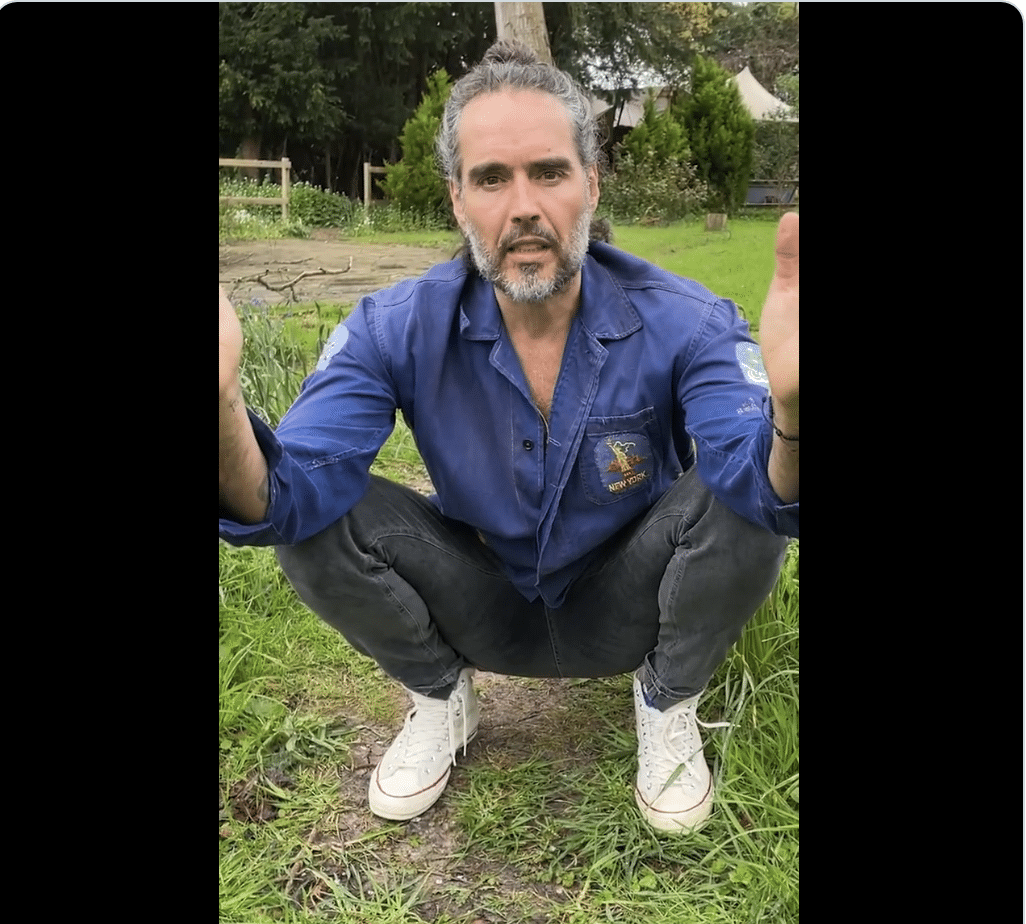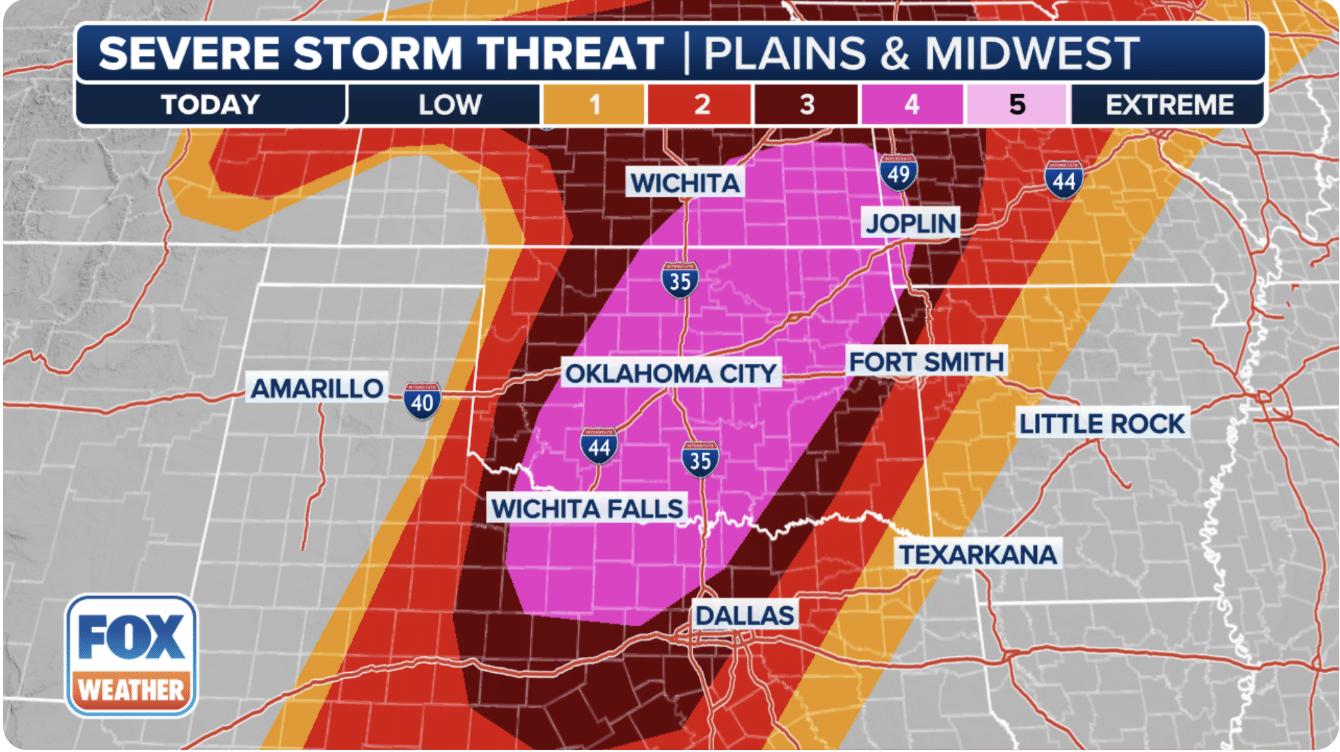With four years of data from 268 seismometers on the ocean floor and several hundred on land, researchers have found anomalies in the upper mantle below both ends of the Cascadia Subduction Zone. They may influence the location, frequency and strength of earthquake events along the U.S. Pacific Northwest. The anomalies, which reflect regions with lower seismic wave velocities than elsewhere beneath the fault line, point to pieces of the Earth’s upper mantle that are rising and buoyant
because of melting rock and possibly elevated temperatures, said Miles Bodmer, a University of Oregon doctoral student who led a study now online as an accepted paper by the journal Geophysical Research Letters. The 620-mile subduction zone, which hasn’t experienced a massive lengthwise earthquake since 1700, is where the Juan de Fuca ocean plate dips under the North American continental plate. The fault zone stretches just offshore from northern Vancouver Island to Cape Mendocino in northern California. READ MORE


















